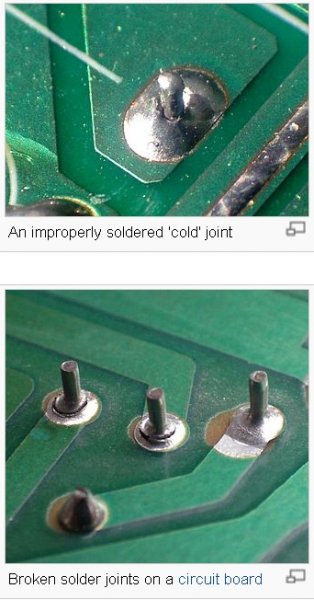My VT-100 Mark 3 amp had a tube arc on a 6550C, and took out a small portion of the board in addition to the two resistors that blow when a tube arcs. I shipped it to ARC by Fedex Ground, got there June 13. I enclosed the paperwork from their website, making sure to check the box that I wanted to be called after they worked up an estimate. July 1 I called to see where it was in the service queue, and got a call back on July 3 that the amp was done and ready to ship, and that the bill was $807. I had never gotten a call to review the potential charges, and this charge was much more than previous services for the same issue in the previous two years ($133 in 2012 for a tube arc, $487 in 2011 for a tube arc and to replace all the sockets). I asked for a copy of the bill, which took a week to get by email, and after many phone calls, managed to speak to Kalvin Dahl, who knocked off $100. He explained that labor rates were up to $120 instead of $90, but could not, to me, justify a 4.5 hour labor charge and the replacement of two power tubes, not one, and the driver tube (replaced as "a precaution"). The other power tube that was replaced had tested fine before the amp shipped to them. It was a case of going overboard in replacing parts, and without prior approval. The 6H30 driver tube that they replaced was an NOS 6H30-DR, for which they used a standard 6H30. No way to get my NOS tube back now. The work, it turned out, had been done on June 28, but somehow got lost in the shuffle. The amp is due back this Monday the 22nd, six weeks after I shipped it to them. Service there used to be prompt and reasonable. Has anyone else had a bad experience with them lately?
Had I gotten the call with an estimate, I would have had them ship it back without doing the work, and soldered in the resistors myself. I don't feel that I can trust them with service anymore, with the lack of response and bad handling of this small project.
Bob
Had I gotten the call with an estimate, I would have had them ship it back without doing the work, and soldered in the resistors myself. I don't feel that I can trust them with service anymore, with the lack of response and bad handling of this small project.
Bob


